FM Approved Flood Abatement
-
The Hazards
FM Global studies show that flooding costs companies an average of US$2-$3 billion in losses annually worldwide—making it the most costly natural hazard globally. In any given year, extreme events such as Hurricane Katrina in 2005 and the Australia flooding in 2011 can cause high insured loss. FM Global has recorded more than 2,400 losses due to flooding in the past decade.
Ongoing analysis shows that a site within a published flood zone is five to seven times more likely to suffer a flood loss than to suffer an equivalent loss due to fire or explosion. In addition, the average flood loss is about one and a half times as great as the average fire loss.
For facilities in the planning stages, the simple solution is to locate the facility outside of the high and moderate hazard flood zone and levee/floodwall failure inundation areas, and design the site to ensure all storm-water drainage systems are adequate. For the approximately one in 10 industrial facilities already located within a flood zone, the solution isn’t quite as simple.
Facilities at risk for flooding must prepare well in advance in order to keep water out of critical buildings and limit resulting damage if floodwater enters a structure. FM Global loss history studies show that well-prepared organizations—including those with a tested flood emergency response plan (FERP)—have significantly less damage and resume operations sooner than those unprepared.
Among the physical preparations that firms can take to reduce the impact of flood events include permanent protection for electrical, computer and telecommunications equipment; backflow preventers and sump pumps for drains and sewers; relocation of high value stock and equipment; and permanent or temporary barriers to protect buildings against flood waters.
-
Testing Required for FM Approval
Flood abatement products and systems include:
- Perimeter barriers—can be permanent, semi-permanent or temporary. Some examples of temporary barriers include water-filled bladders, soil-and- sand-filled bladders, Jersey barriers, and steel and concrete foldable walls.
- Opening barriers—used to protect pedestrian doors, garage doors, loading docks, windows and air bricks or other vents.
- Backflow preventers
- Sump pumps
FM Approvals currently provides testing and certification for two types of flood abatement equipment: perimeter barriers and opening barriers. These products and systems are evaluated in accordance with Approval Standard 2510, Approval Standard for Flood Abatement Equipment. Approval Standard 2510 testing consists of two main phases:
- Component and material testing. Because the materials of construction and mode of operation varies significantly among manufacturers of flood abatement equipment, specific material tests are assigned on a case-by-case basis. These tests could include hydrostatic strength, system leakage, durability, impact/wear resistance, vibration, corrosion, hail resistance, tensile strength, ultraviolet, air-oven aging, biological degradation, and temperature extremes.
- Performance testing. Performance testing of barriers is designed to simulate actual riverine flooding conditions at depths not greater than 3 ft (0.9 m) on full-scale barriers.
- Tests are divided into three categories for temporary perimeter barriers: 1) hydrostatic loading and incidental wave, 2) wave-induced hydrodynamic loading conditions, and 3) optional hydrodynamic loading and special application.
- Performance testing of opening barriers is designed to simulate quasi-static riverine flooding (i.e., slow rising and receding flood waters with minimal wave exposure). The tests are divided into two categories: hydrostatic loading, and 2) dynamic impact loading.
- Guidelines for the testing of backflow preventers and sump pumps are being developed.
Due to the unique nature and variety of flood abatement equipment, FM Approvals will prepare a customized evaluation program for each specific product. While customization of the component testing is necessary, performance testing is generic for all barrier systems.
-
Benefits and Availability
FM Approvals is the only testing organization in the world that tests individual components and materials associated with flood abatement products and systems, as well subjecting products to full-scale simulated riverine flood tests. For manufacturers of flood abatement products and systems, the FM Approvals certification mark signifies to the marketplace the FM Approved product will meet or exceed expectations in critical flood control situations. All FM Approved flood abatement products are listed in the online Approval Guide, increasing their visibility among the thousands of designers, architects, building owners, and engineers who specify FM Approved products for their projects.
-
Success Stories
The Importance of a FERP
A pharmaceutical firm experienced flash flooding, resulting in millions in damages and two months of business interruption. While bad, these losses could have been much worse if this firm did not have a flood emergency response plan (FERP). The firm’s emergency response team moved finished products to a higher level upon learning of the impending flood and sand bagged openings. In order to be better prepared, the firm is investing in permanent flood barriers for building openings.

